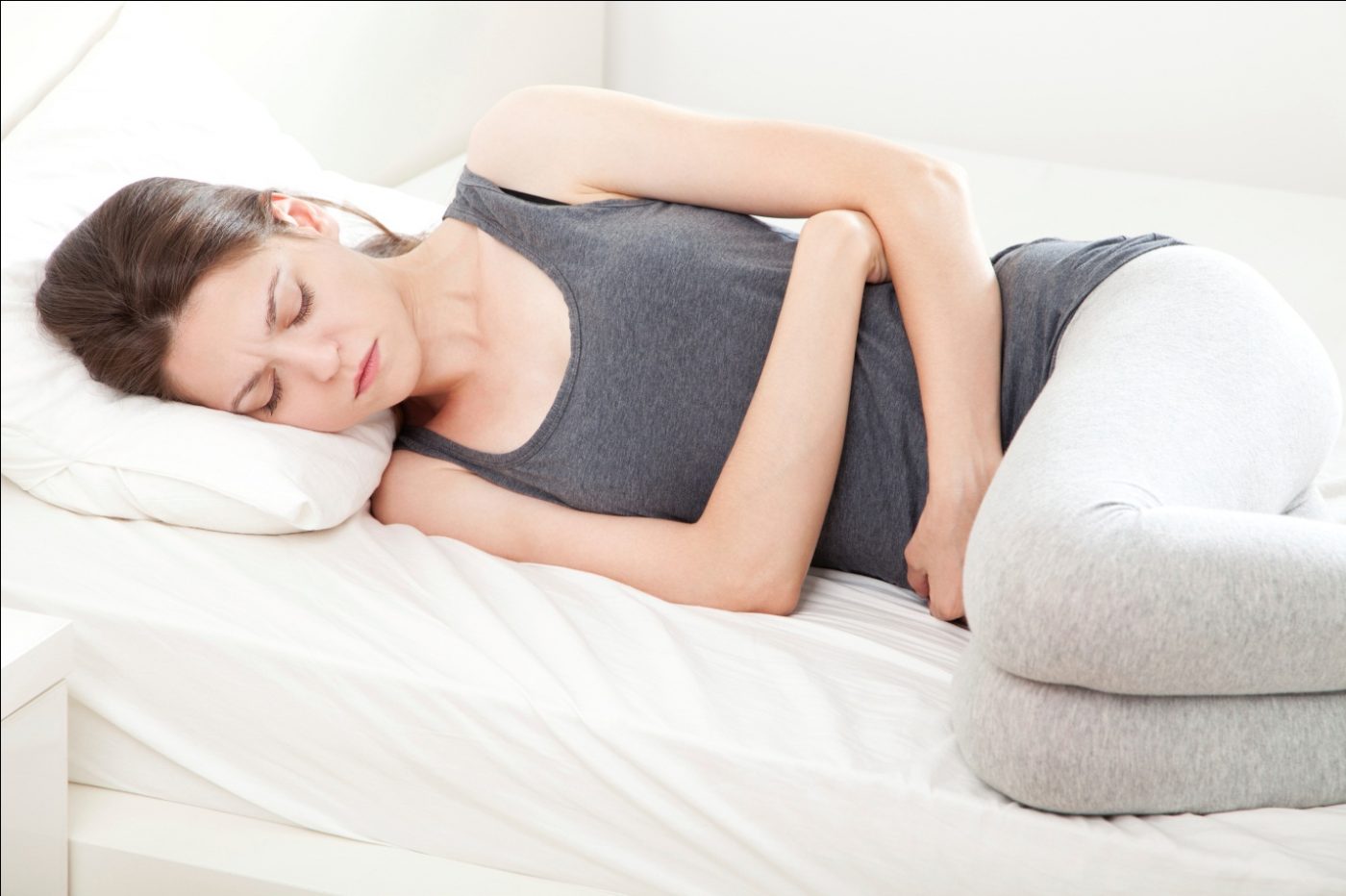According to a joint study recently published by researchers at the National Institutes of Health and the University of Utah School of Medicine, most women of reproductive age may be experiencing pelvic pain that remains undiagnosed or untreated. The study, titled, “Pain typology and incident endometriosis” was published in the journal Human Reproduction, and led by Karen Schliep, Ph.D. of the Division of Intramural Population Health Research at NIH’s Eunice Kennedy Shriver National Institute of Child Health and Human Development.
During this analysis, over 400 women who were set to undergo either a surgical or imaging procedure for complaints, such as infertility, menstrual irregularities, tubal sterilization or pelvic pain were surveyed. The survey concurred with the team’s expectation that pain reports were highest among those with endometriosis, a disorder characterized by abnormal growth of uterine tissue in areas outside of the uterus itself. However, the researchers also noted that about a third of the patients without any pelvic condition also reported experiencing severe ongoing or menstrual pain.
The survey asked women to indicate on a diagram where exactly they felt pain. Researchers found that most participants indicated they felt pain in the pelvic-abdominal area. Importantly, most of these women were later on diagnosed with endometriosis.
“Our study suggests that many reproductive-age women are experiencing but not reporting some form of pelvic pain,” Dr. Schliep said. “If they aren’t doing so already, gynecologists may want to ask their patients if they’re experiencing pain, as well as the type and precise location of the pain, and offer treatment as appropriate. Similarly, women should let their doctors know if they’re in pain.”
Over a third of the survey’s participants reported experiencing chronic and cyclic pain lasting at least 6 months, including those without any pelvic condition. Without considering the reason for the surgery or their diagnosis after the procedure, only 3% of the participants reported no pain, while more than 60% said they experienced at least 6 types of pain.
The survey revealed 40% were diagnosed with endometriosis, 31% with other reproductive conditions such as uterine fibroids, ovarian cysts, and tumors, and almost 29% were not diagnosed at all with any pelvic conditions. The researchers found that the women with endometriosis reported feeling the most chronic pain. These were also the same women who said they felt pain during intercourse, menstrual cramping and pain with bowel elimination. Furthermore, these women were also more likely to report vaginal pain and pain in the pelvic-abdominal area.
The investigators believe further research on the types and locations of endometriosis-related pain is necessary, which may open doors to an improved diagnosis and treatment of the disorder. They also believe studies should be done on the causes of pain in women without any pelvic condition.

